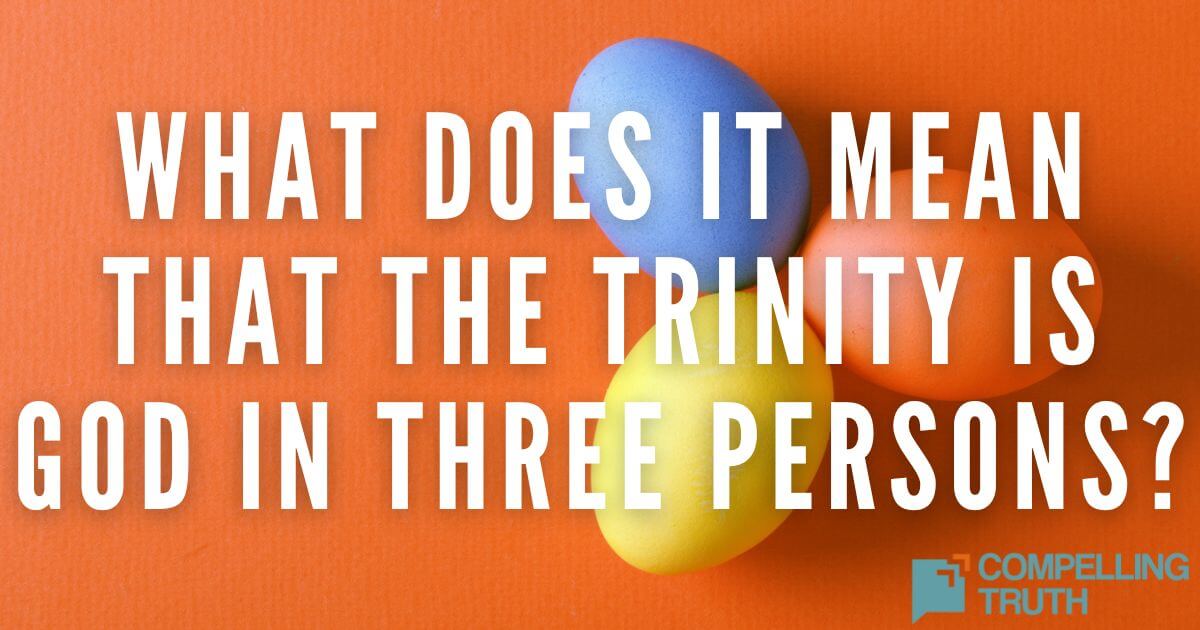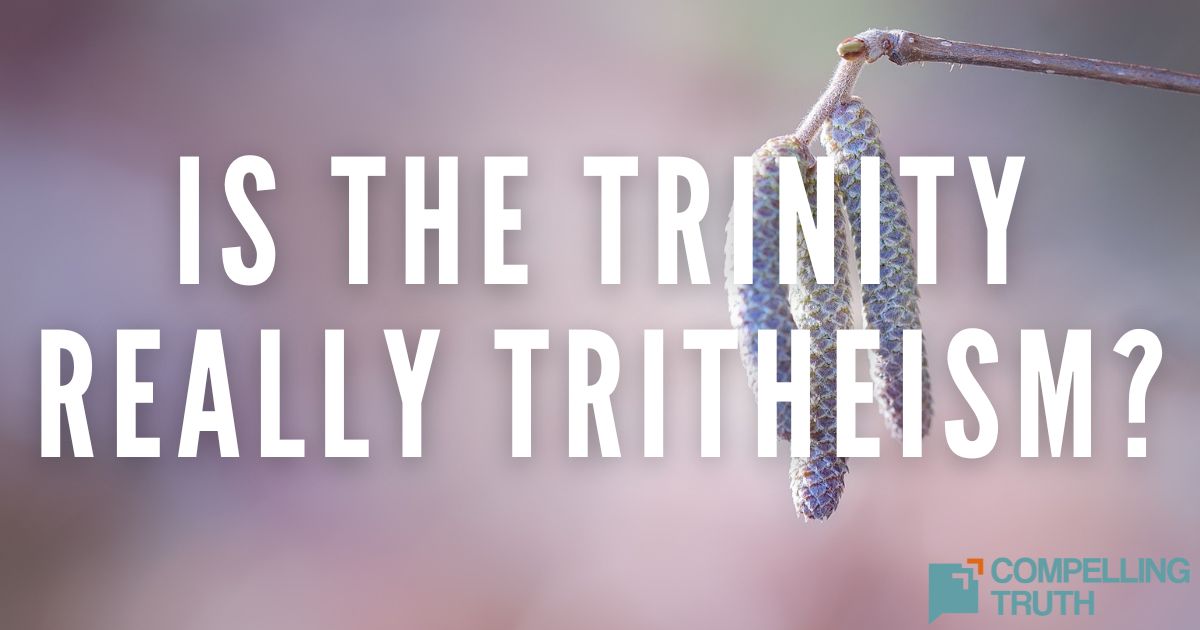The Bible reveals that God is one yet exists in three distinct persons: the Father, the Son, and the Holy Spirit. Though the word “Trinity” is not found in Scripture, the concept is clearly taught. Jesus is described both as with God and as God (John 1:1). The Holy Spirit is also called God and is sent by the Father and the Son (Acts 5:3-4; 2 Corinthians 3:17). Each attempt to illustrate these truths lead directly to heresy. This is because nothing in creation can define the uncreated, eternal, and transcendent God. Analogies may try to help us grasp the Godhead, but they inevitably misrepresent some aspect of the biblical teaching and run a serious risk of misteaching God to others. While helpful at times to spark conversation, they must be handled cautiously and always allowed to be corrected by Scripture’s clear teaching.
Analogies like the egg (shell, yolk, white), H2O (liquid, solid, vapor), or the sun (star, light, heat) all fall short of rightly representing God. Each one subtly introduces error. Modalism, for instance, falsely teaches that God is one person appearing in different forms or “modes,” like water changing states. Tritheism, on the other hand, wrongly implies three separate gods, such as light or eggs are three separate entities combined. These distorted illustrations may simplify the doctrine for explanation, but they also misrepresent the glory and mystery of God’s triune nature.
Scripture does not offer an illustration for a reason: God cannot be encapsulated by one. Rather than trying to fully comprehend or explain the Trinity with created comparisons, we should let God’s Word speak for itself. The Father is not the Son, the Son is not the Spirit, and the Spirit is not the Father—yet all are fully and eternally God. This is not a contradiction but a mystery we simply cannot understand. However, it is true because it is how God, who cannot lie (Titus 1:2), has revealed Himself to us. Let us not reduce the Trinity to something manageable but worship the one true unmanageable God as He has made Himself known.




